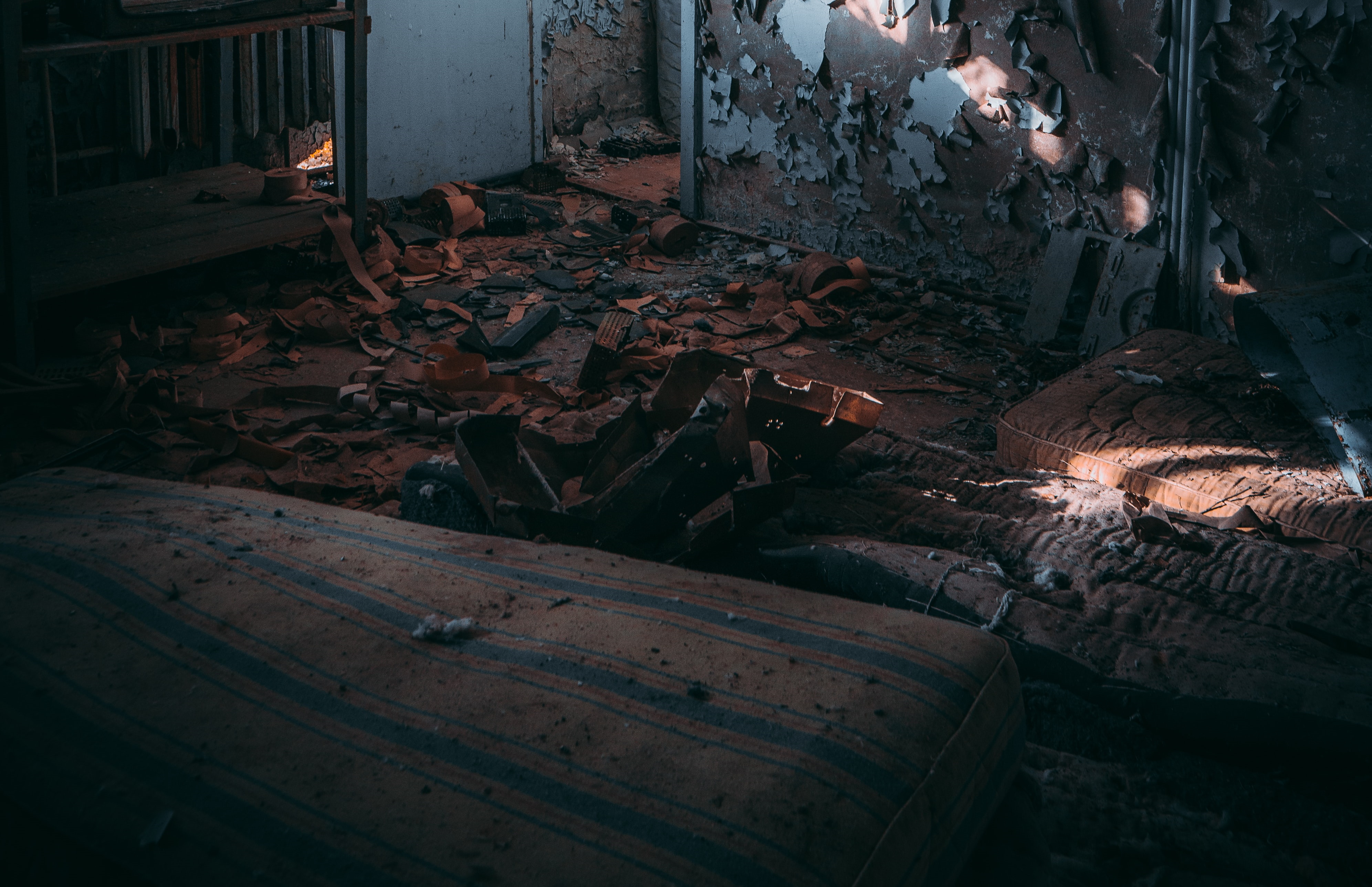
02nd
How to prevent mould after flooding
by Sarah Bailey, Senior Consultant
It is with deep sadness that we have seen the devastation caused by flooding in parts of Queensland and New South Wales.
As the huge clean-up begins we wanted to share some information on how to deal with mould in your household or workplace.
Upon returning to a flood-affected house or building bear in mind that flood water is not clean, and personal protective equipment should be worn while handling flood damaged items. P2 (N95) masks should be worn, and rubber gloves. Hands should be washed thoroughly after handling any flood damaged items and before eating or drinking.
The most important first step is to begin the drying process.
The simplest way to do this is by opening all doors and windows. Where possible try and aid the drying process by using dehumidifiers, fans or air conditioners (on a dry setting). If mould growth has begun, then do not use fans as this may spread spores to other areas.
Unfortunately, as hard as it may be, we recommend throwing out any porous items that are unsalvageable. Examples would be chairs, couches, mattresses and carpet - essentially anything that will hold water for long periods without properly drying.
Repair leaks in your property as soon as practically possible. The sooner you can stop additional moisture coming in, the more successful the dry out will be.
For most people, exposure to a very small amount of mould does not have serious health effects – however it does depend upon the person exposed, and if they have allergies or other health problems. Exposure to mouldy rooms should, however, be avoided where possible.
The most commonly seen health effects from exposure to mould are allergy type symptoms, such as sneezing, wheezing, coughing and sore eyes and a sore throat. These symptoms usually disappear once the person affected moves away from the mouldy area.
If you would like to learn more about the various types of mould, how it is caused and what can be done to prevent or remove it we recommend reading the whitepaper I authored recently - Mould Causation, Prevention and Remediation.
We also recommend this informative fact sheet from Queensland Health on where to start to avoid mould getting out of control, and this document from WA Health on how to deal with mould, and when to call in a professional.
If you would like professional help with mould testing and remediation, we have more information on our mould services here. You can also reach out via phone or email here.
Categories
Recent Posts
Navigating the GRESB 2024 Updates: Key Changes and Implications
26th Nov
GRESB’s 2024 Real Estate Assessment introduced significant changes, refining how ESG performance is measured and reported. These updates a...
Trichloramine and Indoor Air Quality in Swimming Pools
05th Nov
For swimmers and pool workers alike, the characteristic "chlorine smell" at indoor swimming pools is part of the experience. Howev...
Indoor Air Quality Takes Centre Stage: A New Government Report on Airborne Virus Transmission
30th Sep
The importance of Indoor Air Quality (IAQ) has gained significant attention following the release of a groundbreaking report from Australia�...

















